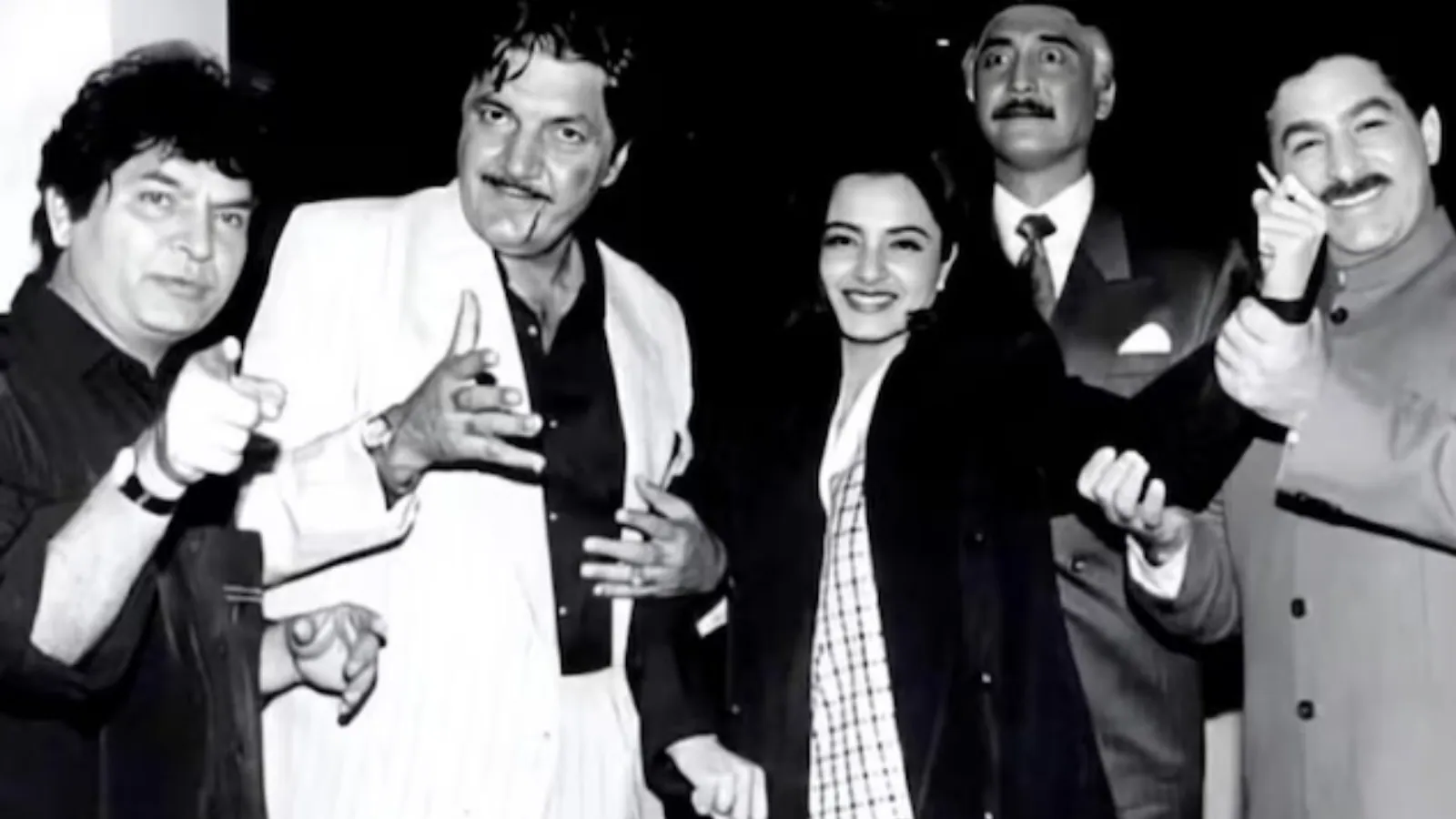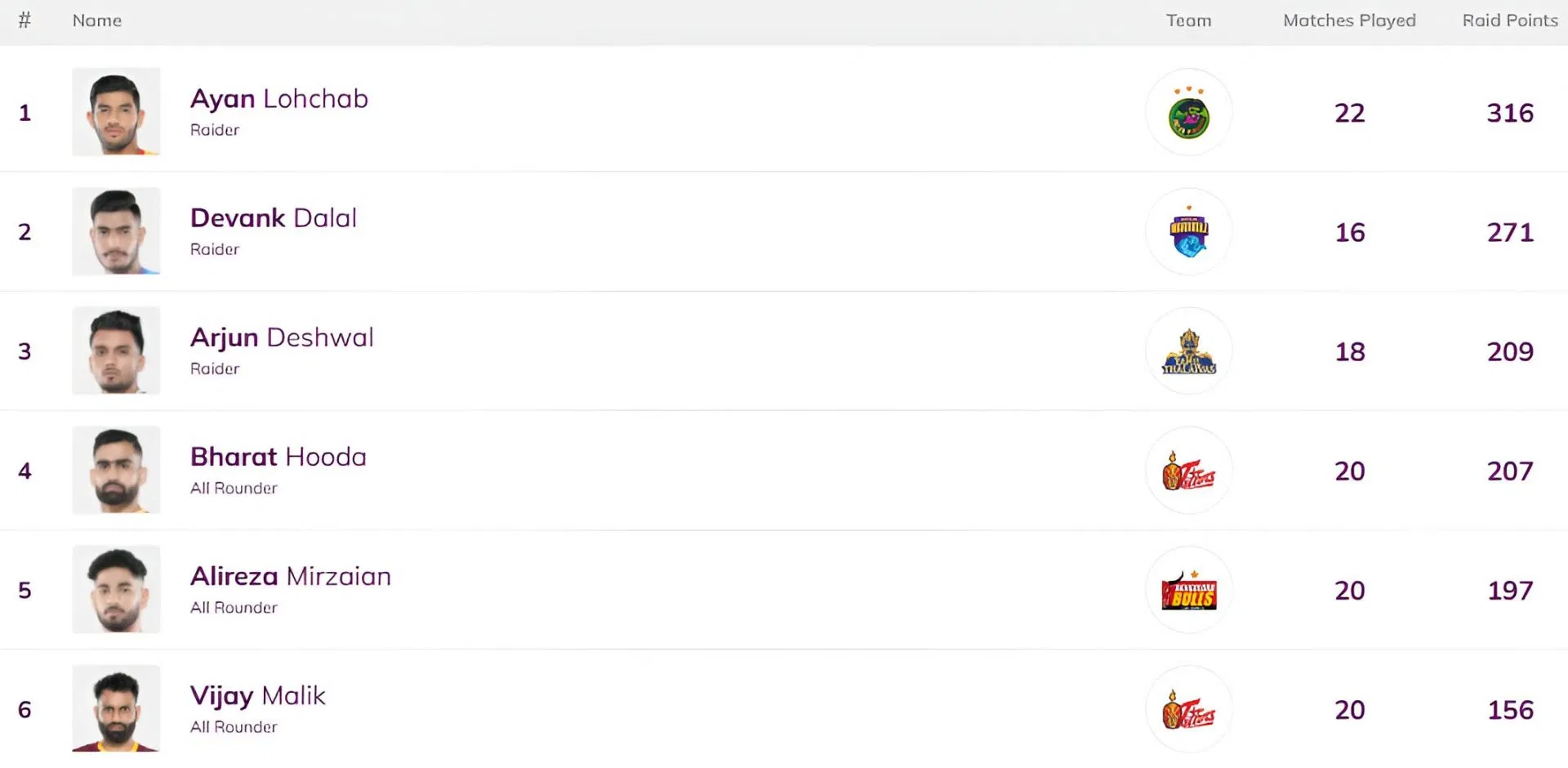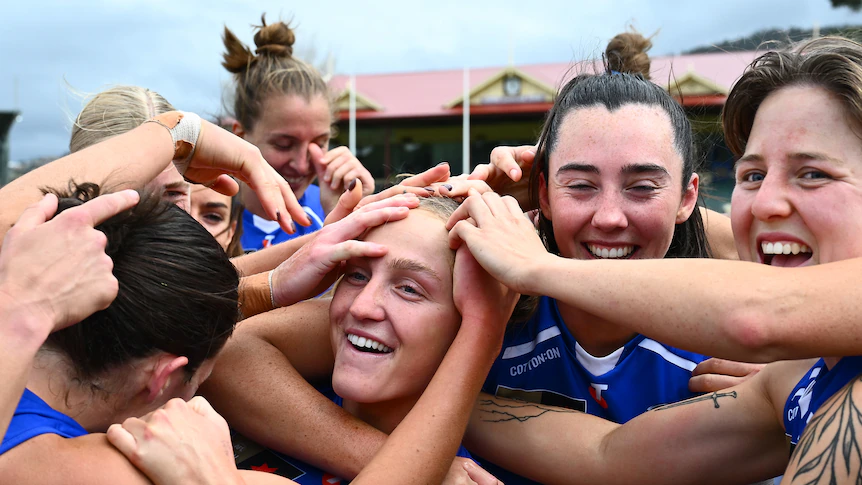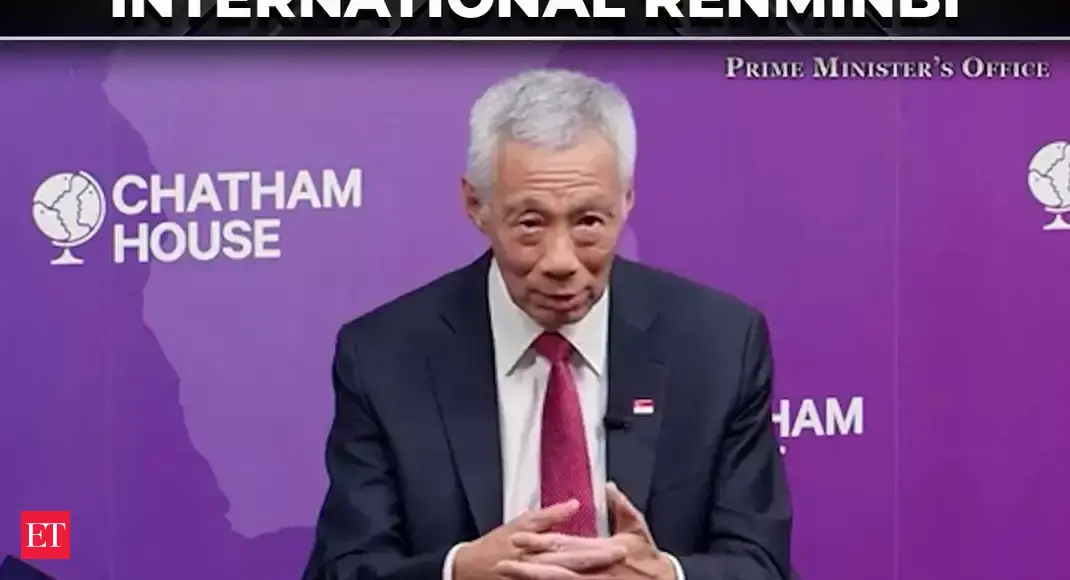Copyright news18

The year 1993 marked a turning point in Indian cinema, a time when the traditional hero-villain narrative was rewritten forever. On screen, a young, furious hero (Shah Rukh Khan) burned with vengeance against his friend’s father — not a street thug, but a suave, suited businessman with cruelty in his eyes and civility on his face. That character was Madan Chopra. His arrogance, treachery, and eventual downfall became one of the defining moments in Bollywood history. And the man who immortalised him was none other than Dalip Tahil. The Making Of A Gentleman Villain Born on October 30, 1952, in Agra, Uttar Pradesh, Dalip Tahil entered the film industry dreaming of becoming a hero. Yet destiny had other plans. The role of Madan Chopra in Baazigar not only redefined the villain archetype but also cemented Dalip Tahil’s position as one of the most dependable corporate antagonists of the 1990s. A Childhood In Motion Dalip Tahil’s full name — Dalip Ghanshyam Tahil Ramani — carries a hint of his family’s legacy. His father, Ghanshyam Tahil Ramani, served as a pilot in the Indian Air Force, which meant the family often moved between cities. Much of Dalip Tahil’s childhood unfolded in Lucknow. His father had hoped he would follow in his footsteps as a pilot. Dalip Tahil even underwent flight training briefly, before discovering his true calling on the stage. Theatre: The First Love While studying at Aligarh Muslim University and later at St. Xavier’s College in Mumbai, Dalip Tahil became deeply involved in theatre. The thrill of performing before an audience soon outweighed the allure of flying. Under the mentorship of legendary theatre personalities Alec and Pearl Padamsee, he honed his craft and developed a nuanced understanding of performance. A Modest Film Debut Dalip Tahil’s film journey began not in mainstream cinema but in Shyam Benegal’s Ankur (1974), a milestone in Indian parallel cinema. Although his role was small, it drew critical attention. However, the six years that followed brought little success — a period of struggle during which he survived through advertisements and jingles, never abandoning theatre. His persistence paid off in 1980 with a brief yet memorable appearance in Ramesh Sippy’s Shaan. Soon after, he appeared in the Oscar-winning Gandhi (1982), which further broadened his artistic exposure. From Character Actor To Iconic Villain Though early films typecast him in negative roles, Qayamat Se Qayamat Tak (1988) revealed his range. As Juhi Chawla’s father Dhanraj Singh, he earned respect as a strong character actor. By the early ’90s, he had become a familiar face on television too — particularly in Ramesh Sippy’s Buniyaad and Sanjay Khan’s The Sword of Tipu Sultan. Then came Baazigar (1993). The ruthless businessman Madan Chopra redefined evil with a touch of elegance; the embodiment of corruption hidden behind a corporate smile. The role became the blueprint for the urban villain, and after its success, Dalip Tahil became a fixture in major productions of the decade. His filmography from that era includes hits such as Darr, Ishq, Judwaa, Ram Lakhan, and Kaho Naa Pyaar Hai, over a hundred films that showcased his versatility. Global Stage And Beyond Dalip Tahil’s reach extended beyond Bollywood. In 2003, he played Dan Ferreira in the BBC’s long-running soap EastEnders, earning global recognition. He also appeared in BBC’s mini-series Nuclear Secrets, further proving his range as an actor who could effortlessly cross cultural boundaries. Even upon returning to India, Dalip Tahil continued to explore diverse roles. His portrayal of Pandit Jawaharlal Nehru in Bhaag Milkha Bhaag (2013) remains one of his most acclaimed performances, one he described as both challenging and fulfilling. Today, decades after his debut, Dalip Tahil remains active on stage and screen, driven by the same passion that first drew him to theatre. The man who once trained to fly now continues to soar, not through the skies, but through the timeless world of cinema.



